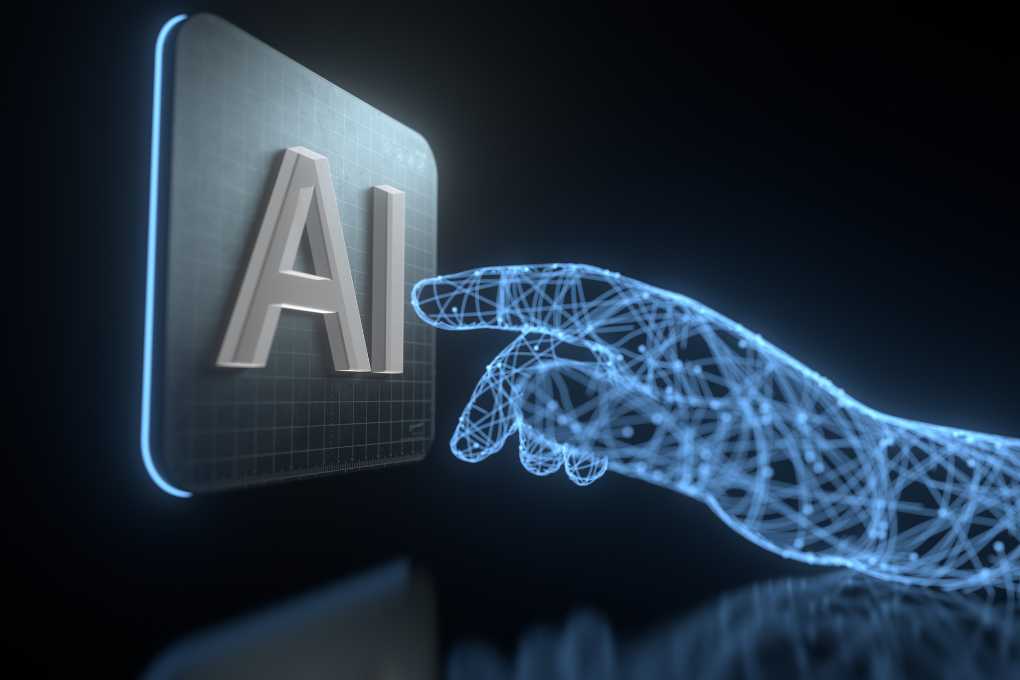Indeed, you have heard about Artificial Intelligence and ChatGPT. It is a current issue that affects us all much more than we think.
One of the first key ideas is that, despite the risks it entails, we will only be able to address the challenges of the 21st century with artificial intelligence.
And the second idea is that we should stop and think about what intelligence is. And, of course, take into account the diversity of intelligences.
AI systems have a limited view of intelligence. They are indeed more efficient in processing unstructured data, but human beings are more than just processing data.
For example, when training an AI to recognize kittens in images, you have to show them many pictures of cats.
You have to show a small child a cat so that he knows what it is and learns to recognize it.
Types Of Artificial Intelligence
Before delving into the challenges of AI, I am going to explain the two types of AI that currently exist, although the one we all know best is the second.
The one that was addressed first was what is known as Artificial General Intelligence – IAG (AGI for its original acronym in English).
It is a type of AI that allows us to understand, learn, and perform intellectual tasks in a very similar way to the human brain. That is, it is the ability of AI to learn in the same way that human beings do.
Examples include autonomous vehicles and IBM’s Watson supercomputer.
The IAG is presented as an intelligent system with exhaustive knowledge and cognitive computing capabilities.
On the other hand, Specific AI refers to a machine that can copy human cognitive abilities, such as problem-solving and learning. However, a human has first to program the device so that it can learn from past patterns to create new information or solve a problem. That is, these are learning models from data.
And here we have one of the first problems. Biases found within the data are transferred to the generated algorithm.
The significant development carried out by this type of AI in recent years, which has its maximum explosion with the presentation of ChatGPT, has been possible thanks to three great resources that are now more readily available:
- Large volumes of data.
- Greater computing capacity.
- Complex models based on neural networks.
ChatGPT uses a GPT (Generative Pre-trained Transformer) system.
GPT models are artificial neural networks that are based on transformer architecture, are pre-trained on large data sets of unlabelled text, and are capable of generating new human-like text.
Above these two types of AI would be superintelligence, which would be above that of human beings. This point is known as “Singularity” and has been widely discussed in science fiction films.
The Challenges
AI is at the heart of the IV Industrial Revolution. It is already transforming society, and the impact will need to be more equitable.
A social process has accompanied previous revolutions, but in this case, it has yet to occur. Social mobilization is necessary. But for it to take place, information is needed. We have to decide as a society where we want to go with AI.
Among the challenges we face are:
- Biases in data models (already mentioned above).
- Privacy.
- The integrity of the information.
- The concentration of power in a few companies and governments (mainly China and the US).
We have to harness the potential of Specific AI by considering it as a complement to human intelligence, not as a substitute.
All new inventions entail a co-evolution of society. People need to adapt to recent changes.
In the case of ChatGPT, users should know that it provides outdated, incorrect, and biased information. Being very credible, it can confuse.
It must be taken into account that this system, after being trained with large amounts of data, goes through a “refinement” process. This process consists of a series of people manually adding filters that limit certain information in accordance with ethical and security standards.
We have to be aware that ChatGPT has generated the highest degree of acceptance than any other technology/tool created to date.
The Threats
- Interest groups with illicit intentions.
- Actions with benign intentions over which control is lost generate problems.
- Actions with benefits for a large majority but with negative consequences for a few. For example, loss of employment in specific sectors.
There are specific threats that regulators will be unable to do anything about.
However, Nuria believes that it will not be AI that destroys humanity. It will be humanity itself that destroys itself.
Also Read:





